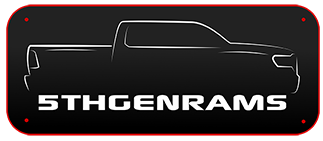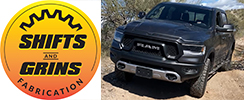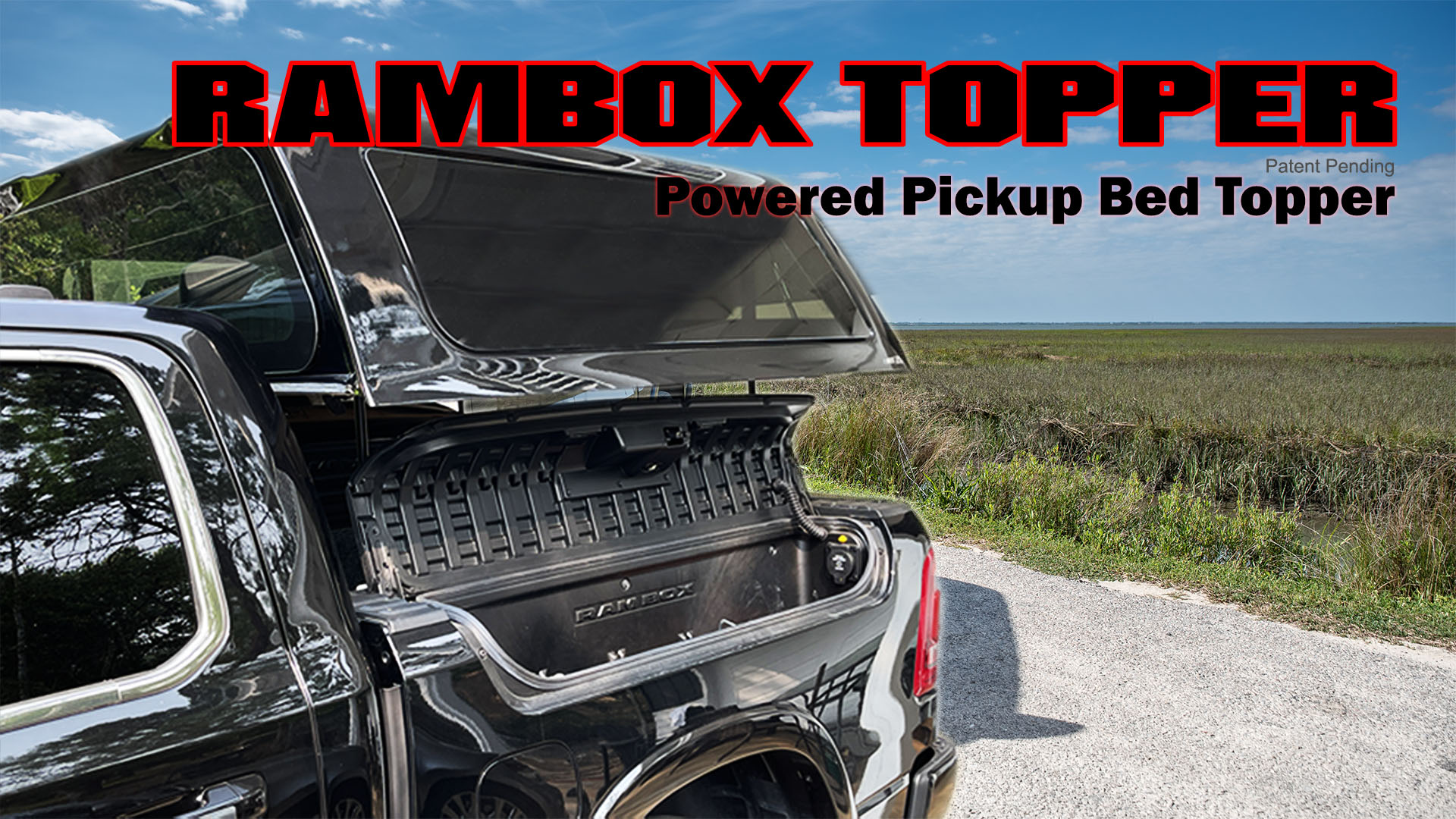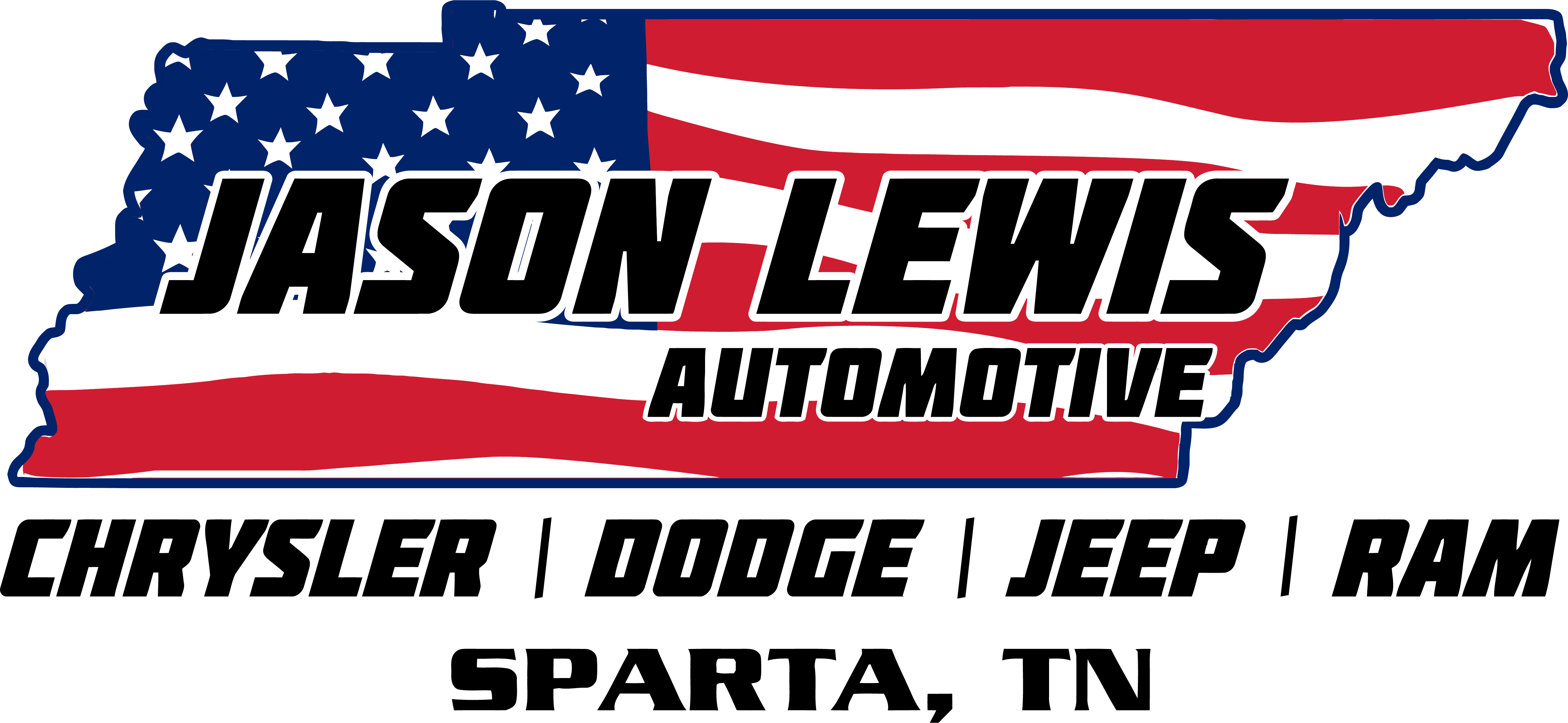5thGenRams Forums
You are using an out of date browser. It may not display this or other websites correctly.
You should upgrade or use an alternative browser.
You should upgrade or use an alternative browser.
Tow/haul mode always when towing?
- Thread starter mtjag
- Start date
silver billet
Spends too much time on here
- Joined
- Apr 18, 2019
- Messages
- 2,967
- Reaction score
- 2,916
- Points
- 113
For those that don't use TH towing > 5000 pounds, I'm curious why you prefer to not use it?
Neil McCauley
Active Member
- Joined
- Jan 12, 2021
- Messages
- 81
- Reaction score
- 58
- Points
- 18
- Age
- 40
For those that don't use TH towing > 5000 pounds, I'm curious why you prefer to not use it?
2nd this question. I always use it for my 3200 lb boat. When I don't, the truck acts like it's hauling 10k lbs. I've pulled over multiple times before thinking trailer brakes were engaged or tires flat or something when in fact tow mode just wasn't turned on.
Tow mode is all about transmission programming - you don't want to tow in the 8th gear as that's likely to overheat / put additional wear on the transmission. I don't understand why one would not use it either.
Remember that tow/haul mode also ups the trans line pressure allowing the trans clutches to hold onto your hemi/egodiesel vs GCVW. Watching trans temp is going to tell you "later than optimum" how much they might be slipping in granny mode.
silver billet
Spends too much time on here
- Joined
- Apr 18, 2019
- Messages
- 2,967
- Reaction score
- 2,916
- Points
- 113
Remember that tow/haul mode also ups the trans line pressure allowing the trans clutches to hold onto your hemi/egodiesel vs GCVW. Watching trans temp is going to tell you "later than optimum" how much they might be slipping in granny mode.
That certainly used to be how transmissions were programmed with TH. I don't know if the ZF works that way though, it's supposed to be smart and adaptable so it might just increase line pressure whenever it needs to, as it detects load and slip etc? I certainly don't feel the shifts firm up at all while in tow mode, I just notice higher RPMs, held there for longer, and quicker to downshift when accelerating or slowing down.
But yes I'm not taking that chance. T/H is there for a reason, I don't see any disadvantage in using it while towing.
Mr.Grid
Well-Known Member
I’m towing 7k# and never use Tow/Haul. Put it in 7th gear to keep it from hunting 7-8 on level ground. Towing 5.5% grades up / down I can manually select the lower gear if desired. Most times it shifts to the correct gear to maintain speed on its own. T/ H holds the lower gear longer than necessary (programmed) for my liking. I tow 10k+ miles yearly.
This 8 speed has a much lower 1st gear (4.71) than the 545RFE (3.00) 5 speed in my 2011 Ram for easy starts from a dead stop.
This 8 speed has a much lower 1st gear (4.71) than the 545RFE (3.00) 5 speed in my 2011 Ram for easy starts from a dead stop.
SnowBlaZR2
Fuel Economy Champion
Our travel trailer is about 7500 lbs. If we're towing, we're using tow/haul. You're not going to see any benefit in not using it.I have a new to me 2019 1500 5.7 hemi eTorque with the 3.92 rear gear ratio and will pull a loaded 5800# travel trailer. I think this truck will pull this trailer with ease on flat ground. My question is should I always pull in tow/haul mode or just when I'm in mountains up or down? I understand the tow/haul mode disables the cylinder deactivation so that may be one reason to leave it in tow/haul mode. I'm just thinking of trying to maximize fuel economy, but not at the risk of tearing the torque converter or tranny.
mtjag
Active Member
- Joined
- Feb 18, 2023
- Messages
- 54
- Reaction score
- 19
- Points
- 8
- Age
- 72
So we had about a 100 mile tow for the first time in the mountains here in Colorado. We didn't have any real large inclines or declines, but it was mountainous driving to be sure. My temperature got up to 253 at one point but generally was hanging out at about 225. Seems kinda high. Oil temp and tranny temp were all good.
Just for kicks, I ran in Tow/Haul today while carrying close to max payload in the bed (not towing). I appreciated the braking assist.
A couple of other notes: I’d forgotten that T/H disables automatic Aero mode (air suspension). And this might have been the heaviest payload I’ve carried in the bed, so I noticed a bit more looseness in the steering. If I were loading up like that often, I’d add pressure to the rear tires and stiffen the Hellwig another notch.
A couple of other notes: I’d forgotten that T/H disables automatic Aero mode (air suspension). And this might have been the heaviest payload I’ve carried in the bed, so I noticed a bit more looseness in the steering. If I were loading up like that often, I’d add pressure to the rear tires and stiffen the Hellwig another notch.
Darksteel165
Legendary member
Just for reference.Just for kicks, I ran in Tow/Haul today while carrying close to max payload in the bed (not towing). I appreciated the braking assist.
A couple of other notes: I’d forgotten that T/H disables automatic Aero mode (air suspension). And this might have been the heaviest payload I’ve carried in the bed, so I noticed a bit more looseness in the steering. If I were loading up like that often, I’d add pressure to the rear tires and stiffen the Hellwig another notch.
Tow haul mode doesn't disable Aero mode.
It also doesn't change steering whatsoever.
If you are close to max payload it is possible the air suspension did not allow the change in level because it did not think it could keep a safe level at the mode you requested, but has nothing to do with the tow haul button.
You misinterpreted my comments; apologies if I wasn't clear.Just for reference.
Tow haul mode doesn't disable Aero mode.
It also doesn't change steering whatsoever.
Tow/Haul mode does indeed disable the automatic shift to Aero mode that normally occurs at highways speeds (if so configured in UConnect). Don't believe me? Try enabling Tow/Haul after your truck drops from Normal to Aero on the highway. The truck will immediately raise to Normal. I had forgotten this until I did this exact experiment this afternoon (even though I've tested it and posted about it years ago).
Secondly, I never said that Tow/Haul mode had anything whatsoever to do with steering. I was just making a note (as I wrote) of the "feel" of a unique situation. Normally, I'm carrying some mix of 1-4 people and/or gear in the cab, and I occasionally tow light trailers with 1-2 adults in the truck. Today was a very unusual case where I had no gear in the cab, was driving by myself, and had a heavy payload in the bed. Naturally, I observed some unique driving characteristics, including a change in steering feel due to (presumably) the heavy payload reducing the effectiveness of my Hellwig sway bar. It reminded me of the pre-Hellwig days when I first purchased the truck and was hauling around friends, when the truck was just a bit "squirrely". But like I said, this had nothing to do with Tow/Haul and had everything to do with my loading condition this afternoon.
mtjag
Active Member
- Joined
- Feb 18, 2023
- Messages
- 54
- Reaction score
- 19
- Points
- 8
- Age
- 72
It turns out it wasn't the temperature that got to 253 degrees it was the oil temperature that got to 253 degrees. I was looking at the wrong gauge. Does that seem right?So we had about a 100 mile tow for the first time in the mountains here in Colorado. We didn't have any real large inclines or declines, but it was mountainous driving to be sure. My temperature got up to 253 at one point but generally was hanging out at about 225. Seems kinda high. Oil temp and tranny temp were all good.
Darksteel165
Legendary member
YesIt turns out it wasn't the temperature that got to 253 degrees it was the oil temperature that got to 253 degrees. I was looking at the wrong gauge. Does that seem right?
silver billet
Spends too much time on here
- Joined
- Apr 18, 2019
- Messages
- 2,967
- Reaction score
- 2,916
- Points
- 113
It turns out it wasn't the temperature that got to 253 degrees it was the oil temperature that got to 253 degrees. I was looking at the wrong gauge. Does that seem right?
Yes you had me scratching my head haha.
Definitely "normal" oil temps, these trucks are designed to run hot, and get even hotter when towing. Far hotter than I would like.
Things you can do:
- install a remote oil filter relocation kit (more wind flow and area for cooling), and you get easier oil changes as well
- better yet, install an after market oil cooler
- do an AGS delete (I removed all but 2 rows of slats, 2 rows are needed to keep the system physically in place.
- install a 180 or 190 degree thermostat
I would definitely run a high quality fully synthetic oil at 0/5w-30. You will get better protection at those temps using a 30 weight. I prefer something with a good amount of moly; Redline 5w-30, or add 12oz Biotech Lubeguard to whatever oil you're running.
If you're not going to keep the truck past a few years, just ignore all this and carry on.
Yeah, oil gets pretty hot, and here's where higher RPM's can actually be a good thing (up to a point), circulating more oil through the heat exchanger and thus keeping it cooler.It turns out it wasn't the temperature that got to 253 degrees it was the oil temperature that got to 253 degrees. I was looking at the wrong gauge. Does that seem right?
JF19Longhorn
Ram Guru
HEMIJAKE
Ram Guru
Looks good. A few years ago, I had and f150 (eco 2.7). Good truck, I enjoyed it, but the trans temp always ran 205-207 when NOT towing. Ford claimed that it was normal, and I don't agree. Never had any issues in the time I owned it, but could never figure out why it ran so hot.My temps towing my trailer up a minor grade in PA in 95F + day. Trailer was probably loaded to around 7k lbs.
View attachment 155810
View attachment 155811
Bpebler
Ram Guru
- Joined
- Jan 7, 2021
- Messages
- 827
- Reaction score
- 452
- Points
- 63
- Age
- 40
Never use it when the going is easy. Low hills and minor downgrades aren't a problem. I have the 5.7 3.92 setup also, and rarely use tow/haul, but like everyone says, watch the temps as a guideline.
I use TH mode all the time without towing, probably 95% of my driving. Is it detrimental? Temps are always good.
Trooper4
Ram Guru
- Joined
- Feb 14, 2019
- Messages
- 1,931
- Reaction score
- 2,222
- Points
- 113
- Age
- 76
- Location
- KITTITAS, Washington
For a dual-purpose car, engine oil needs to be at least 220 degrees F to burn off all the deposits and accumulated water vapor. For every pound of fuel burned in an engine, the combustion process also generates a pound of water! If engine sump temperatures rarely exceed 212 degrees (water's boiling point), the water will mix with sulfur (another combustion byproduct) and create acids that can eventually damage bearings. As for ultimate power potential, the general consensus among most racers is that hot oil and cool water make more power in most engines. Cold engine oil causes excessive frictional drag on the bearings and cylinder walls. A quality conventional motor oil will tolerate oil sump temperatures up to 250 degrees, but starts breaking down over 275 degrees. The traditional approach is to try to hold oil temperatures between 230 and 260 degrees. Even on a short-duration, drag-only combo where oil is frequently changed, you would not want to routinely see oil temps under 200 degrees.Yeah, oil gets pretty hot, and here's where higher RPM's can actually be a good thing (up to a point), circulating more oil through the heat exchanger and thus keeping it cooler.
Users who are viewing this thread
Total: 1 (members: 0, guests: 1)
Members online
Total: 2,294 (members: 5, guests: 2,289)













